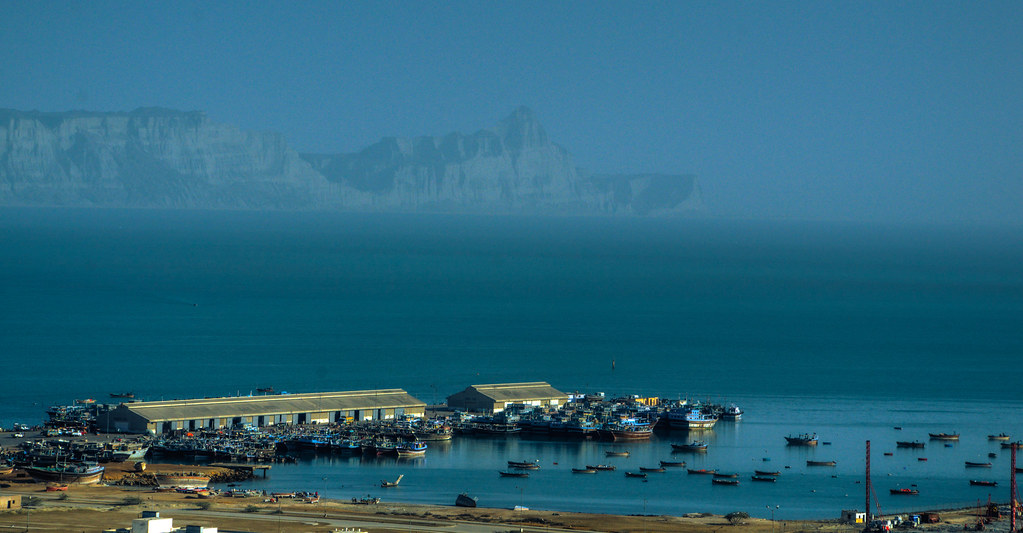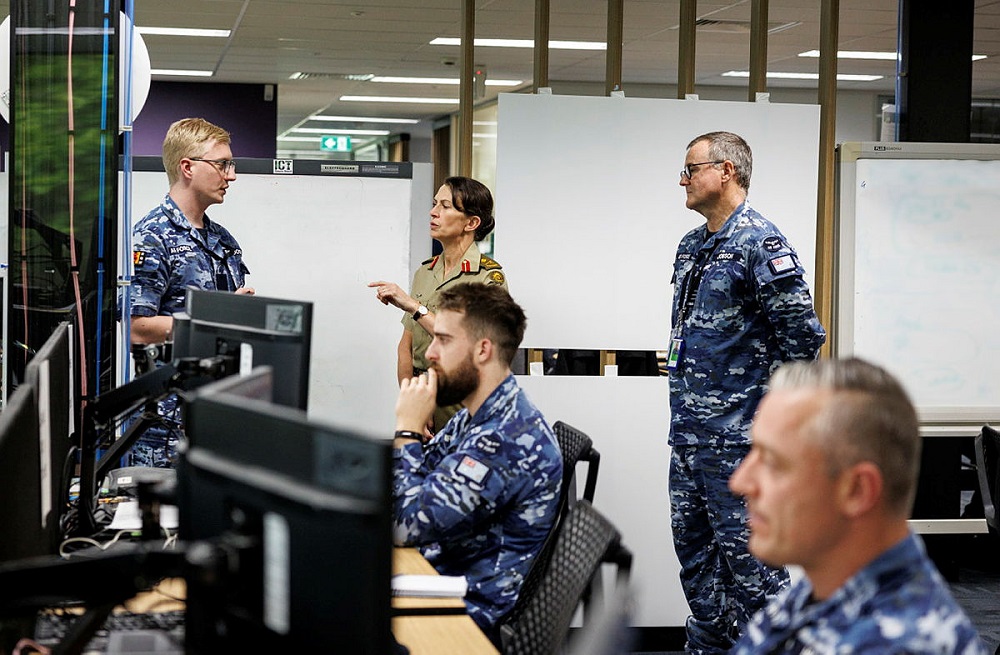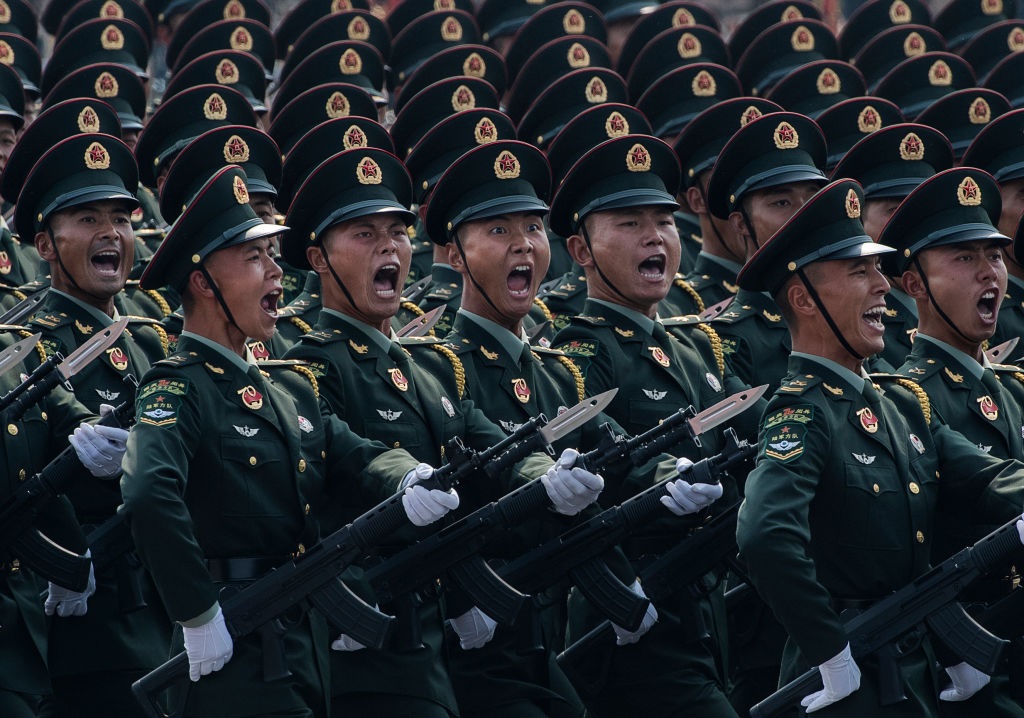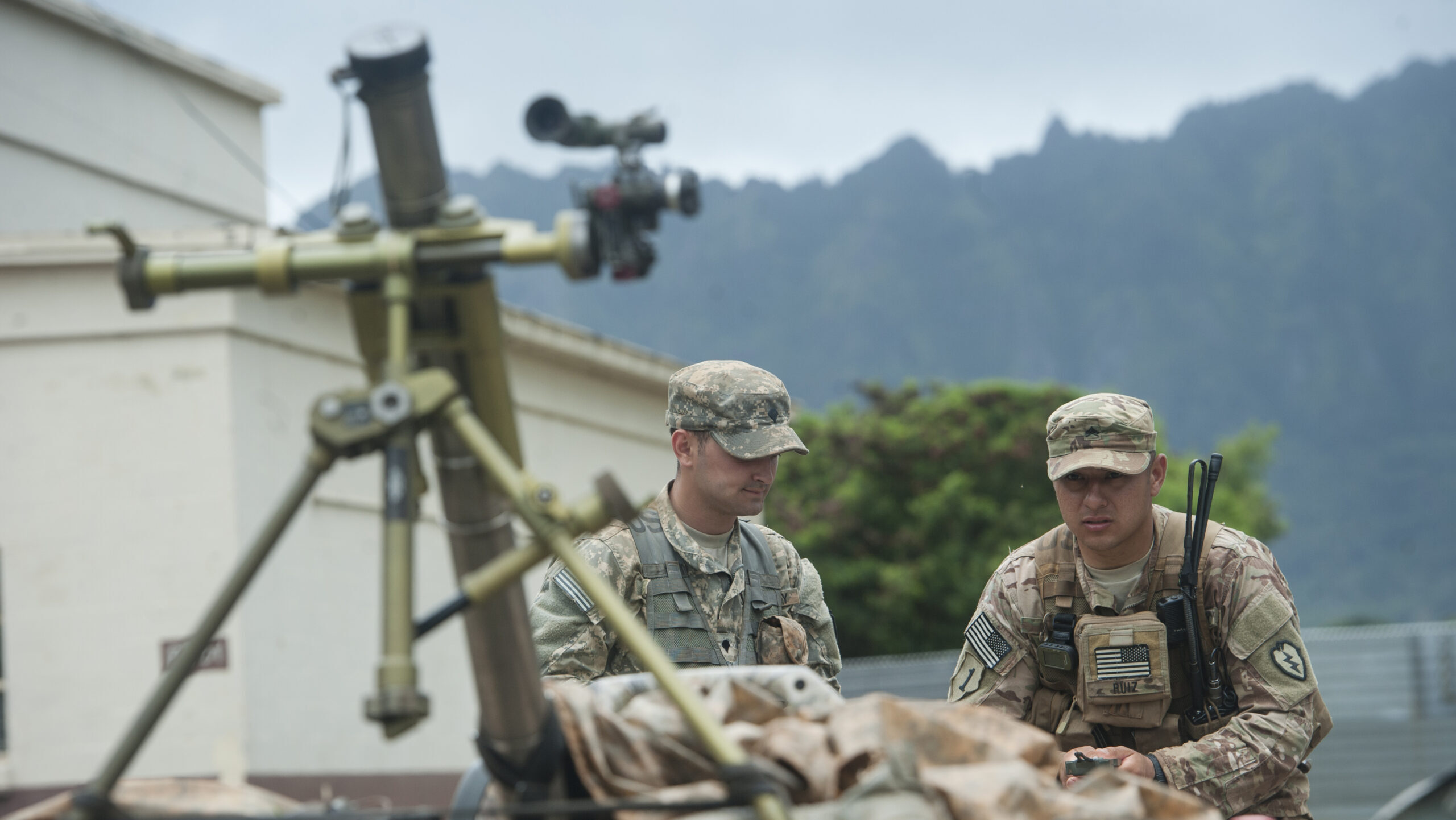PAUL R. PILLAR
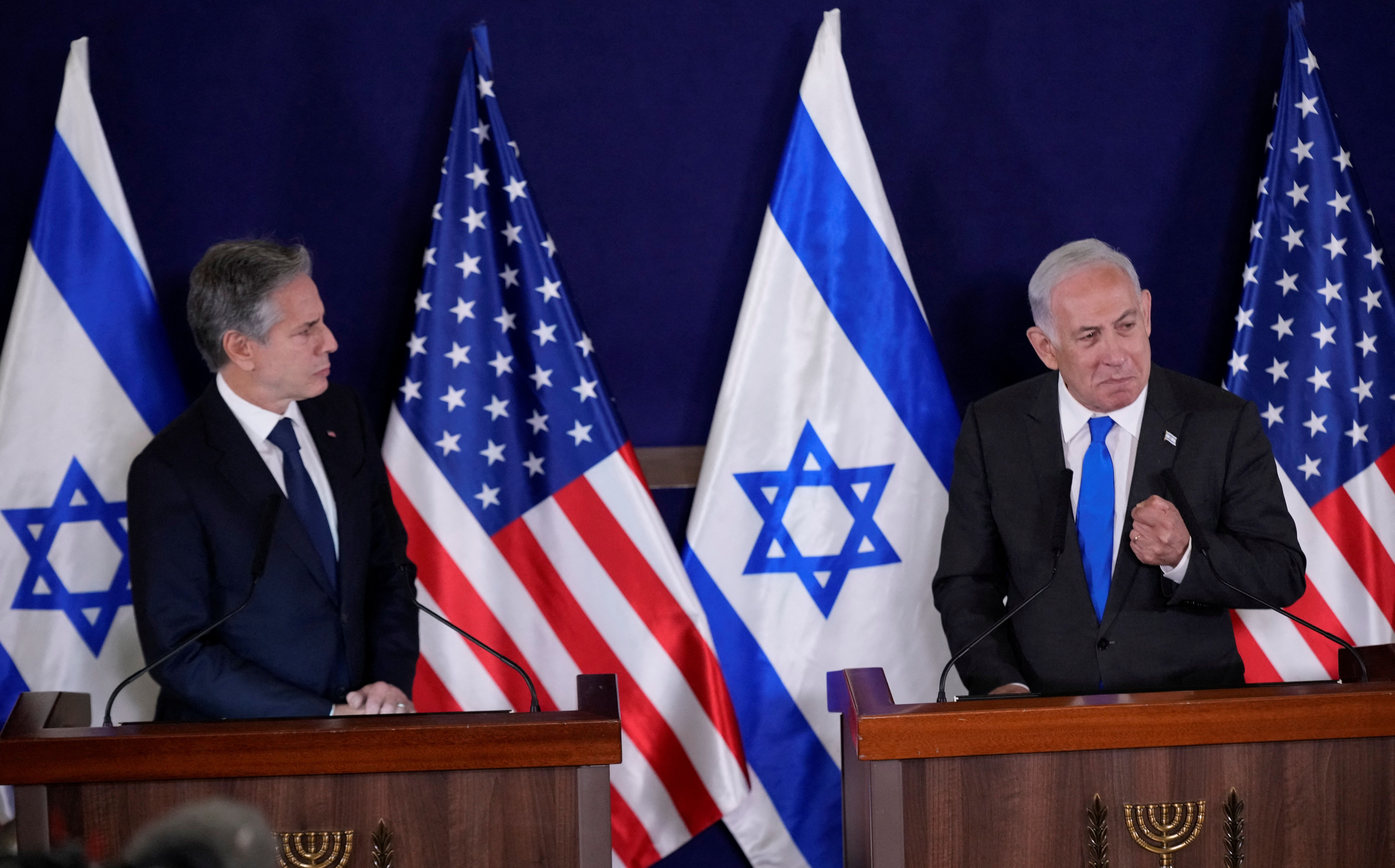
The twice-extended “humanitarian pause” in the Gaza Strip has ended, and the bombs are dropping again.
The Israeli assault on the territory has been a tragedy on multiple grounds, with the tragedy only likely to deepen as the attack resumes.
The most obvious tragedy is the extreme suffering of the people who live in the Strip, with resumption of the assault adding to a death toll that the destruction itself makes hard to estimate but already is well into five figures. Additional suffering includes many maimed or injured persons, deprivation of food, water, and fuel, the displacement of well over a million residents from the northern part of the Strip, and little left for the displaced persons ever to return to other than rubble. Even for anyone who cares only about the lives and welfare of Israelis and cares nothing about Palestinians, implications of a continued war in Gaza are bad. The violent operation is the latest lethal chapter of an Israeli policy — of clinging to land captured in a previous war and never resolving Israel’s conflict with the Palestinians — which, as long as that policy continues, means that Israelis will always live by the sword and will never know true peace.
The myth underlying the declared Israeli objective of “destroying Hamas” is that there is some clearly delineated hostile capability that can be destroyed and elimination of which will end violence emanating from Gaza. The myth disregards how even if whatever capability in Gaza Hamas used in its attack on October 7 were to disappear, Hamas has long used other lethal capabilities, such as individual suicide bombers, to strike Israel. It disregards how the added suffering that Israel has been inflicting on Gaza increases the pool of recruits who are enraged at Israel and willing to replace whatever capability the Israeli Defense Forces manage to destroy.


